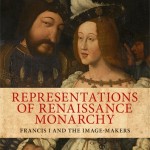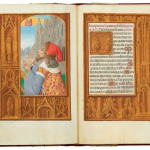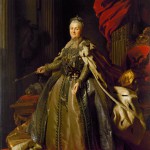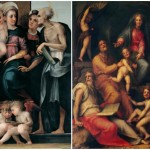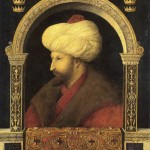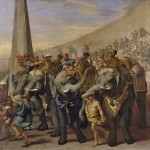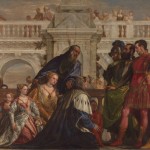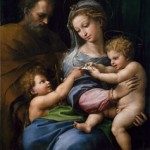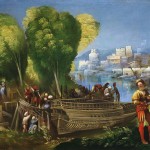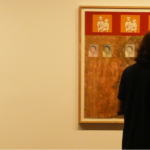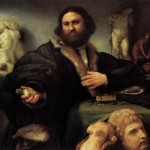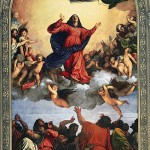
Beyond Disegno: Professional Identity and Material Experimentation in mid 16th-century Italian Portraiture Dr. Elena Calvillo, Associate Professor of Art History, University of Richmond Date: 5:30-7pm, 17th August 2017 Venue: Lecture Theatre C (Room 124), Old Arts Building, University of Melbourne, Parkville, Vic, 3010 More info here: https://events.unimelb.edu.au/events/9214-beyond-disegno-professional-identity-and-material-experimentation-in-mid-16th-century By 1531, the Venetian artist Sebastiano del Piombo had resettled in Rome after the Sack, received a lucrative sinecure as the keeper of the papal seals and won acclaim for his method of painting in oils on stone supports. Two decades later, Agnolo Bronzino produced a series of portraits on tin supports while working for Cosimo I de’ Medici. This lecture examines the ways in which their innovative use of materials in portraiture contributed to both the painters’ and patrons’ identities, and how it made claims of originality and invention that might otherwise…

